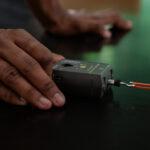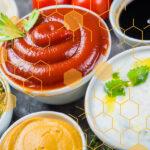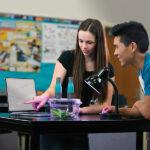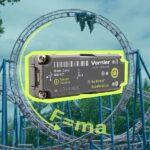
Sharing ideas and inspiration for engagement, inclusion, and excellence in STEM
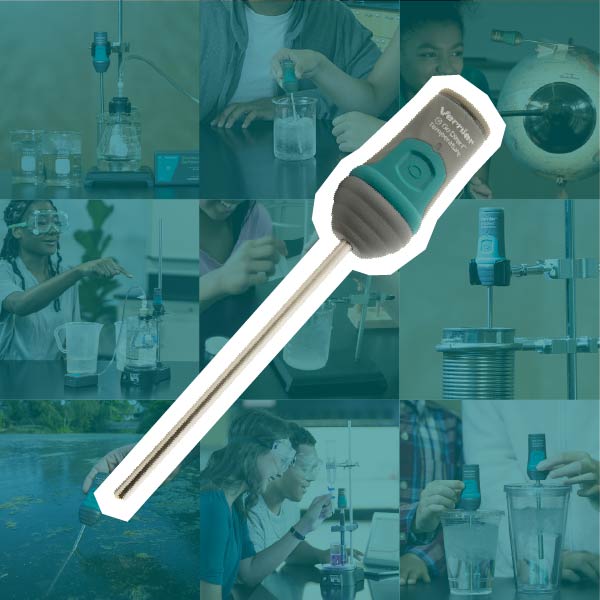
With more than 150 experiments in our lab books that use the Go Direct® Temperature Probe, it’s no exaggeration to say this sensor is one of the most versatile tools in any science classroom.
From modeling exothermic reactions in chemistry to exploring heat transfer in physics and tracking respiration rates in biology, collecting and analyzing temperature data with this probe helps students—across all disciplines and grade levels—make real-world connections to scientific data.
In this post, we’re sharing just a few of our favorite ways to use the Go Direct Temperature Probe in elementary, middle, high school, and advanced-level science. These hands-on investigations offer an easy way to engage students throughout the year as they learn more about the world around them.
1. Elementary School Science
Experiment: How Do Mittens Keep You Warm?
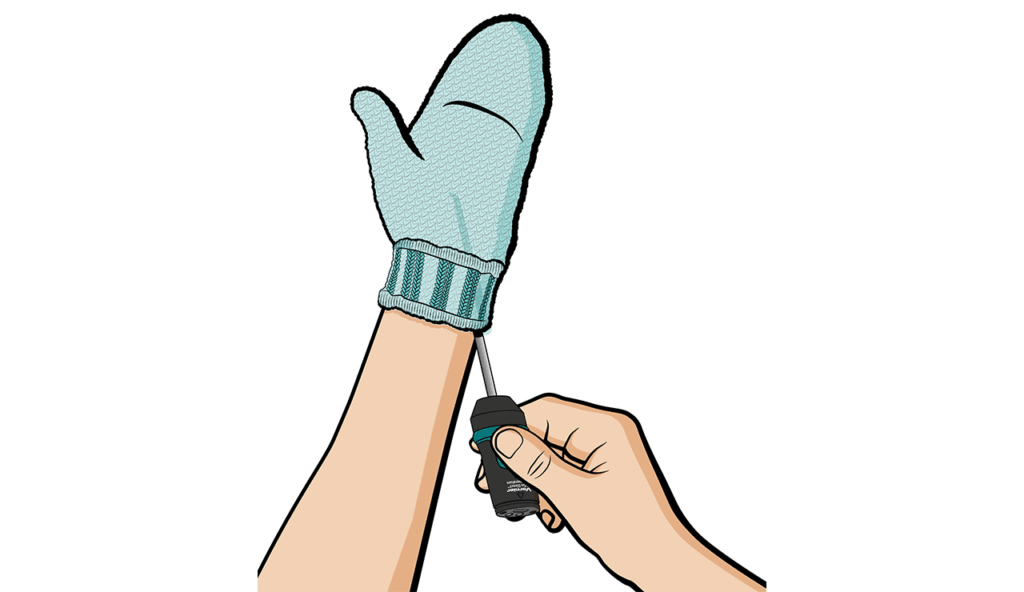
Phenomenon: Why do your hands stay warm inside mittens even when it’s cold outside?
In this hands-on activity, students investigate whether mittens generate heat or simply retain it. Using the Go Direct Temperature Probe, they measure and compare temperatures in three scenarios: the room temperature, the temperature of their open hand, and the temperature of their hand inside a mitten.
Key Concepts
- Heat transfer and insulation
- Conductors vs. insulators
- Asking questions and defining problems
- Analyzing and interpreting data
Ideas for Extending the Investigation
- Let students bring materials from home to test
- Read The Mitten by Jan Brett and discuss why the animals wanted to snuggle inside
2. Middle School Science
Experiment: Freezing of Ocean Water
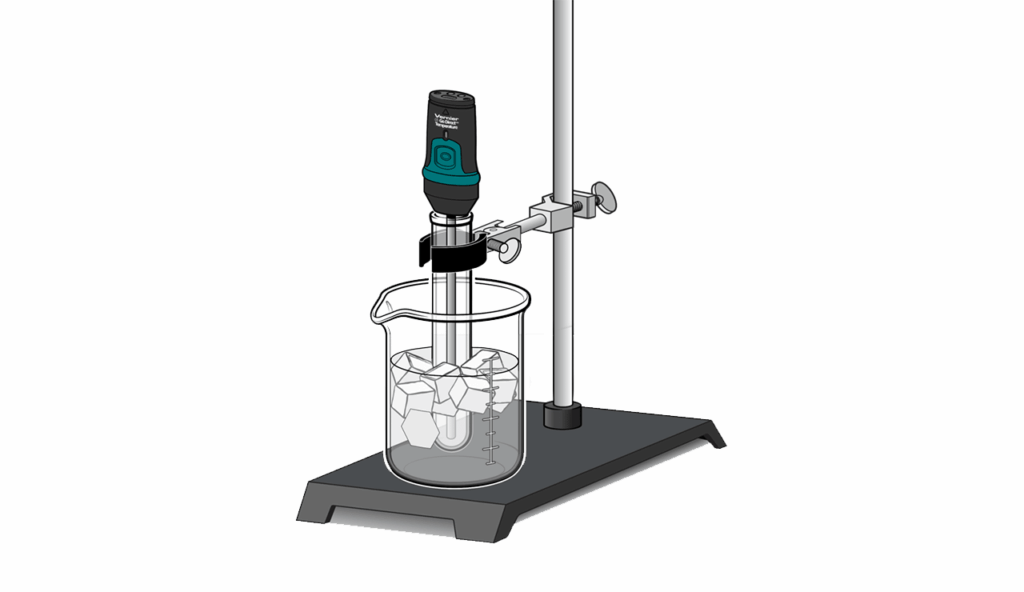
Phenomenon: Why doesn’t ocean water freeze at the same temperature as fresh water?
Students may notice that while lakes freeze solid in the winter, the ocean usually doesn’t—even when temperatures drop below 0°C. This investigation helps students explore why salinity affects freezing point. Using the Go Direct Temperature Probe, students monitor how fresh and saltwater samples cool and identify the temperature at which each begins to freeze.
Key Concepts
- Freezing point depression
- Energy and matter
- Making observations and measurements
- Analyzing and interpreting data
- Constructing explanations
Ideas for Extending the Investigation
- Have students test multiple saltwater solutions with varying salinity levels
- Brainstorm different ways this concept can be applied to everyday life, such as using salt to de-ice roads in the winter
3. High School Environmental Science
Experiment: Studying Microclimates: Urban Heat Islands
Phenomenon: Why is it usually warmer in a city than in a suburban or rural town?
Cities often feel hotter than surrounding areas—but why? In this investigation, students explore the concept of microclimates and the urban heat island effect. Using the Go Direct Temperature Probe (or the Go Direct Surface Temperature Sensor), students collect temperature data from two distinct locations, then compare their findings to local weather forecasts and regional climate data. To expand the investigation, students can also use the Go Direct Light and Color Sensor to measure light absorption and the Go Direct Weather System to track additional environmental conditions like humidity, wind speed, and barometric pressure.
Key Concepts
- Climate vs. weather
- Energy flow and patterns
- Human impact on natural systems
- Making observations and measurements
- Analyzing and interpreting data
- Constructing explanations
Ideas for Extending the Investigation
- Have students research real-world examples of urban heat islands in different cities and present their findings
- Create posters or infographics illustrating local microclimate findings
4. High School Chemistry
Experiment: Food Is Fuel
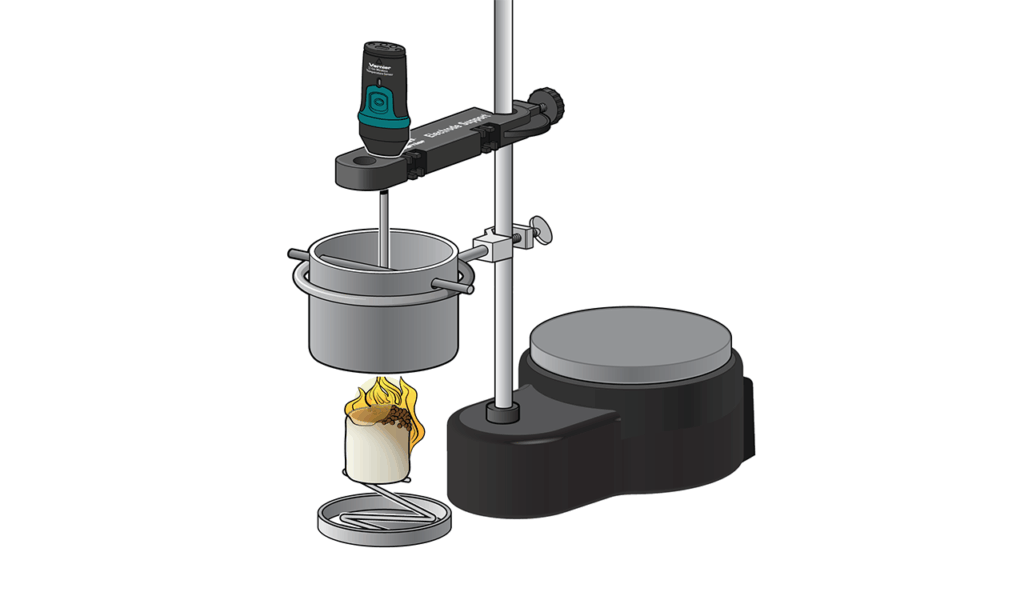
Phenomenon: Why are some foods better to eat before exercising than others?
Every time we move—whether we’re walking to class or running a marathon—we rely on the chemical energy stored in food. In this investigation, students explore how different foods release energy when burned. Using the Go Direct Temperature Probe, they measure temperature changes in water to calculate the energy content of foods like pretzels, tortilla chips, popcorn, or marshmallows.
Key Concepts
- Chemical energy
- Conservation of energy
- Making observations and measurements
- Analyzing and interpreting data
- Constructing explanations
Ideas for Extending the Investigation
- Let students bring in their favorite snacks to test
- Discuss which foods are the best energy source for high-performance athletes and why
5. High School Biology
Experiment: Aerobic Respiration
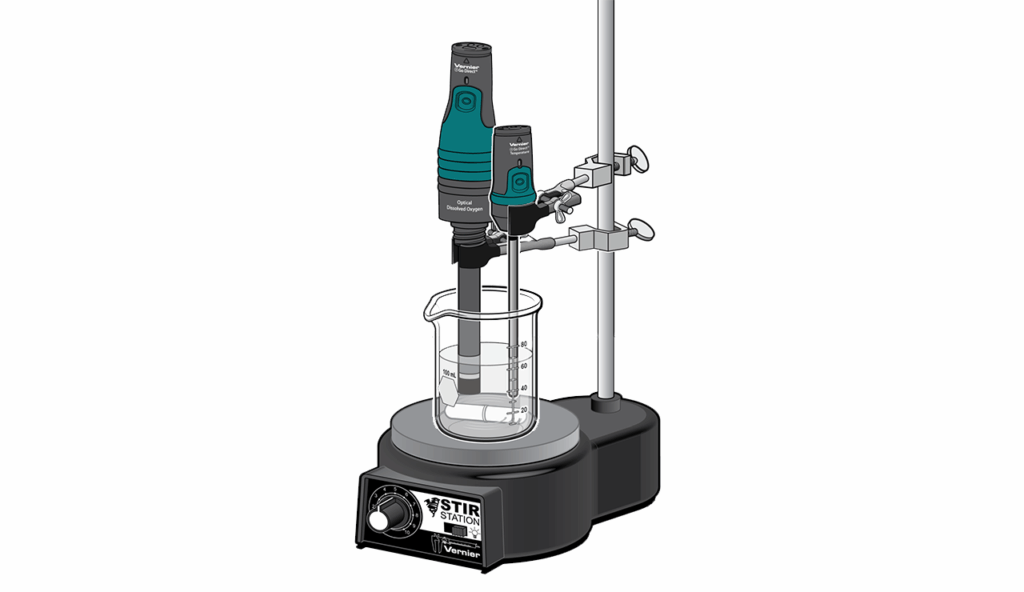
Phenomenon: Why do cold-blooded animals slow down in cold weather, while warm-blooded animals stay active?
Temperature plays a major role in how organisms use energy. In this investigation, students explore how temperature affects the rate of aerobic respiration using yeast as a model organism. With the Go Direct Temperature Probe, they monitor temperature conditions while collecting data on oxygen consumption to explore how environmental changes impact biological activity.
Key Concepts
- Effect of temperature on oxygen use
- Aerobic cellular respiration
- Making observations and measurements
- Analyzing and interpreting data
- Constructing explanations
Ideas for Extending the Investigation
- Explore how other variables like pH impact the rate of respiration in yeast
- Discuss how temperature increases might impact the overall metabolism of an ecosystem
6. High School Physics
Experiment: Behavior of a Gas
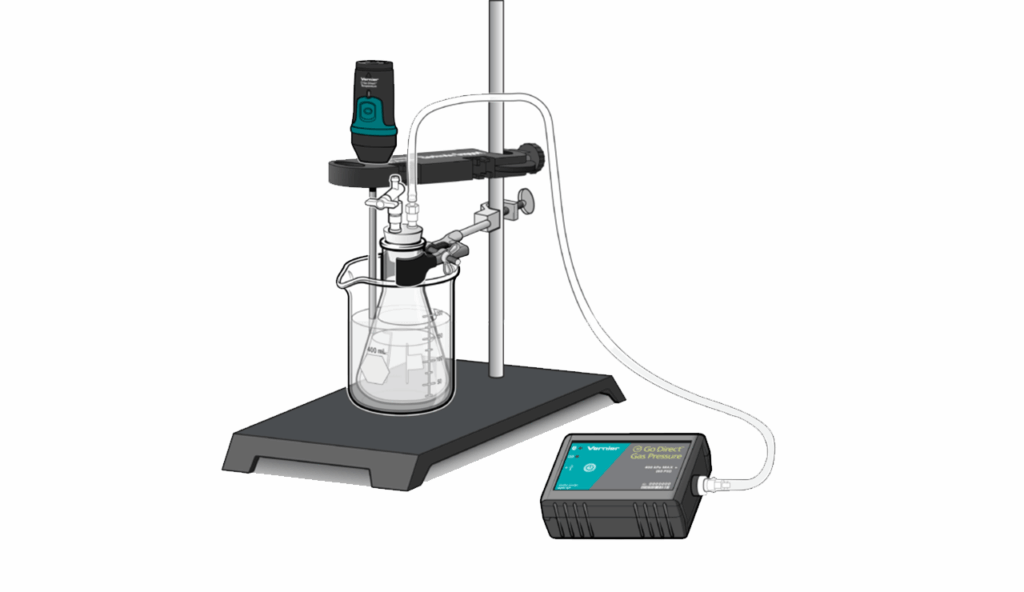
Phenomenon: Why does tire pressure change when it is hot or cold outside?
In this investigation, students explore how gas behavior changes with temperature, pressure, volume, and particle number. Using the Go Direct Temperature Probe alongside the Go Direct Gas Pressure Sensor, students collect data in a closed system to investigate relationships among these variables. As they graph their results and analyze patterns, students apply kinetic molecular theory to explain what’s happening at the particle level.
Key Concepts
- Gas laws
- Kinetic molecular theory
- Making observations and measurements
- Analyzing and interpreting data
- Using computational thinking
- Constructing explanations
Ideas for Extending the Investigation
- Brainstorm a list of other real-world scenarios that are impacted by gas laws
- Discuss why tire manufacturers must account for gas laws when designing tires
7. Advanced Applications
The Go Direct Temperature Probe is also a powerful tool for IB, AP, and college-level investigations across disciplines. With more than 50 experiments designed for advanced coursework, this sensor supports in-depth exploration of chemical reactions, biological systems, environmental processes, and physical principles.
Here are a few examples.
- Agricultural science: Investigate how greenhouse temperature varies with sun exposure and ventilation, modeling how the greenhouse effect influences plant growth and sustainability.
- Biology: Track temperature changes during fermentation to explore the role of metabolic activity in baking and brewing. Pair this with the Go Direct CO₂ Gas Sensor for deeper analysis of respiration and gas exchange.
- Chemistry: Examine the physical properties of water, model enthalpy changes in chemical reactions, or study pressure-temperature relationships using a pressure cooker or rocket model.
- Physics: Explore standing waves in a column of air or model energy transfer and efficiency in a heat engine to investigate how temperature relates to sound, work, and the laws of thermodynamics.
Explore More Temperature Sensors
- Go Direct Surface Temperature Sensor: Designed for measuring surface temperatures, especially where flexibility or low thermal mass is needed.
- Go Direct Wide-Range Temperature Probe: Handles extreme temperatures (–20°C to 330°C) for advanced experiments, including those conducted in a fume hood.
Ready to Explore More?
Looking for new ways to bring data collection into your classroom? Explore hands-on teaching strategies and experiment ideas in our live and on-demand webinars, or check out the Vernier Blog and Ideas page for real-world classroom inspiration.
Want even more classroom ideas? Our Back-to-School webinar series is launching soon—sign up for our monthly newsletter so you don’t miss a thing.
How are you using the Go Direct Temperature Probe in your STEM classroom? Let us know what you’ve done by sharing with us on social! Questions? Reach out to support@vernier.com, call 888-837-6437, or drop us a line in the live chat.
Share this Article

Sign up for our newsletter
Stay in the loop! Beyond Measure delivers monthly updates on the latest news, ideas, and STEM resources from Vernier.

